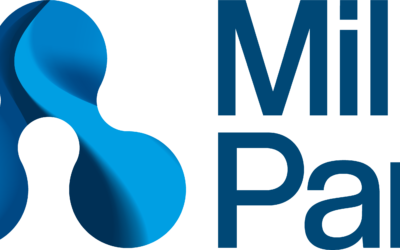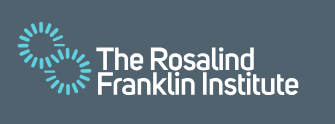Read the latest blog from PhD student, Hannah Tornow
Hello everyone – I hope you had a wonderful summer and are interested to hear about my PhD journey. In June I had to present my work to date to the head of doctoral programme (Dr. David Bowen) and two researchers in the business school (Dr. Sylwia Ciuk and Dr. Emmanouil Trachanas) as well as the Advanced Oxford board and received valuable suggestions on my research to date. This helped me refine my initial research proposal and sharpen my research aims. Now that I am nine months into my PhD, I would like to share the key findings of my literature review, as well as the exciting next steps.
Gender is reflected in the procedures, ideologies, and power distributions of complex organisations. The presence of gender in these structures and how work and life is practiced in them is called the ‘gendered organisation’ by researchers. The gendered organisation is not only about the number of women and men, and potential imbalances in this respect. It also speaks to how gender is symbolically and ideologically described, and conceived as “feminine” and “masculine”, where the former is typically valued less.
In my research to date, I have read about how gender matters for research and innovation in organisations. In order to drive innovation, it is important to create a diverse workforce consisting equally of women and men. By framing organisations as gendered, researchers suggest that organisational environments are predominantly constructed by, and represent, the interest of men and the experience of men as workers. These environments are in fact often highly masculine. Despite efforts to attract, retain and promote women, these masculine work environments and organisational processes mean that it is difficult to tackle inequalities. Challenging these environments, and creating alternatives is a necessary step in working towards eradicating these inequalities and enabling women to reach their full potential and drive innovation. As part of this, it is critical to look into how the glass ceiling forms invisible barriers to women’s retention and advancement, and to recognise that these barriers might function as roadblocks within women’s careers. The literature review I conducted identified the key barriers that women face in gendered environments: culture constructed around masculine characteristics; gender stereotypes; work-life balance; lack of support networks; and socio-demographic factors such as age or education. The research I read provided evidence that barriers must be examined in the context of career paths, which is why I am interested in understanding how these potential barriers and career paths are shaped by a highly innovative ecosystem in my own research work.
Now, you are probably wondering what is going to happen next? I am now looking forward to starting my data collection. My top priority is to engage with companies in Oxfordshire to better understand the innovation ecosystem in this area, and how my research could potentially contribute to its development. I hope you are all excited to follow the next phase of my work, and will even consider taking part in my research.
If you are interested in my work or have any questions, please feel free to contact me via email or to connect with me on LinkedIn.



